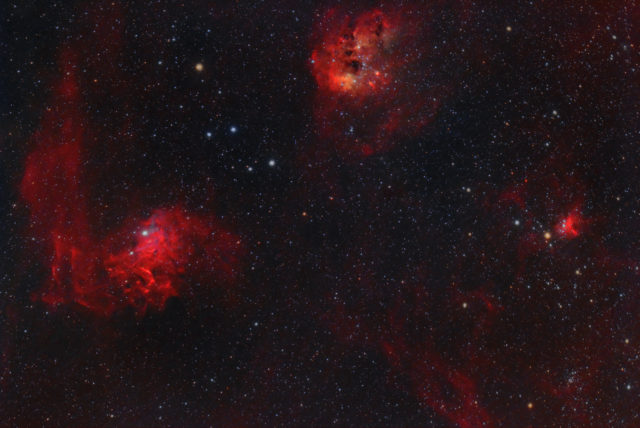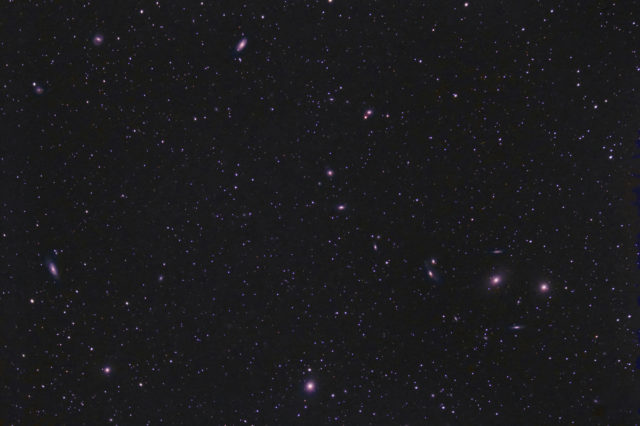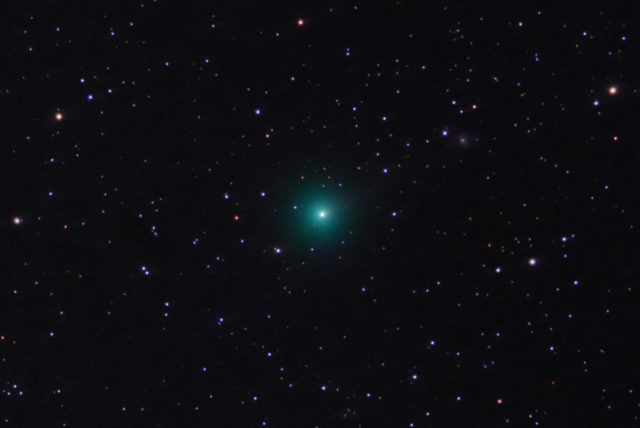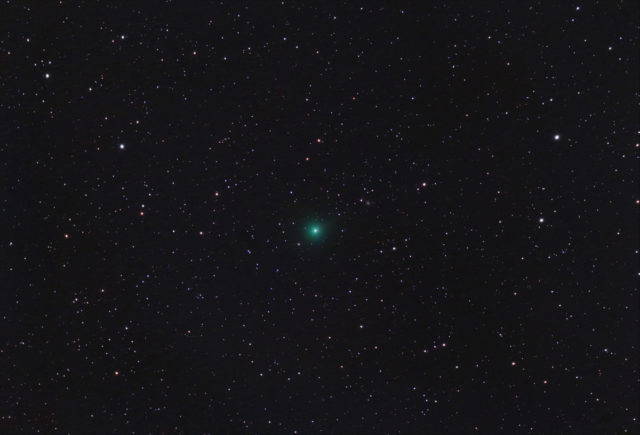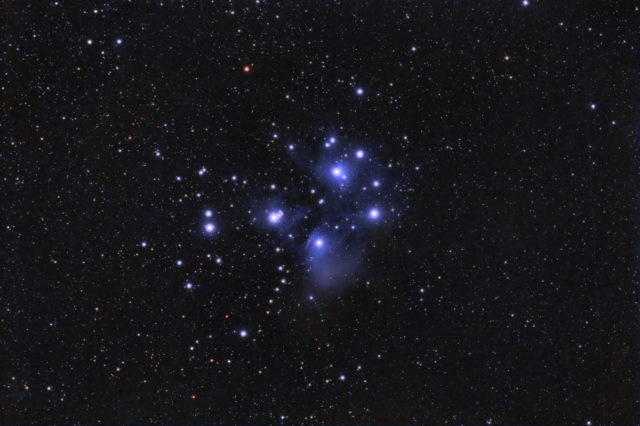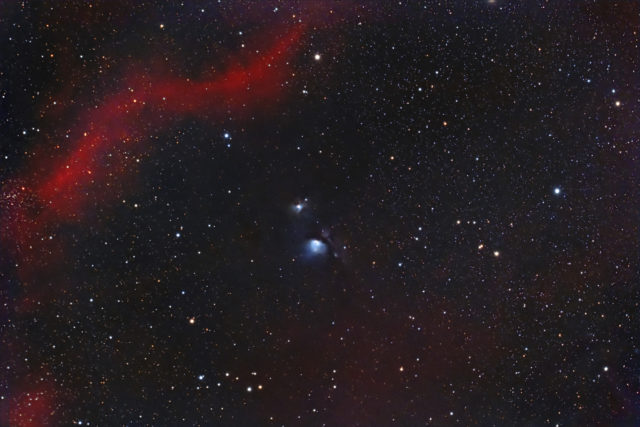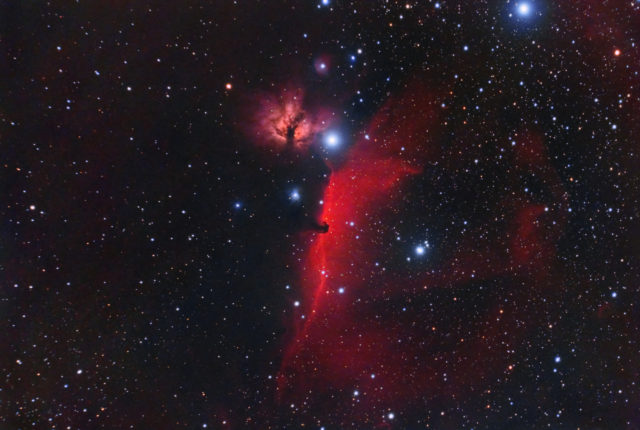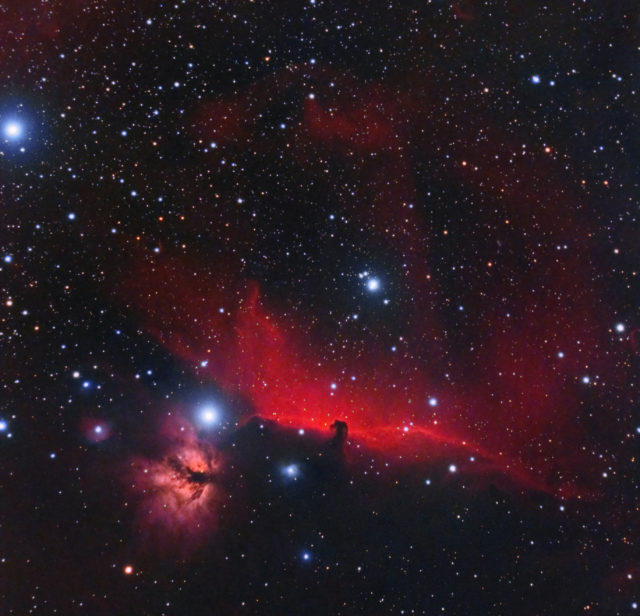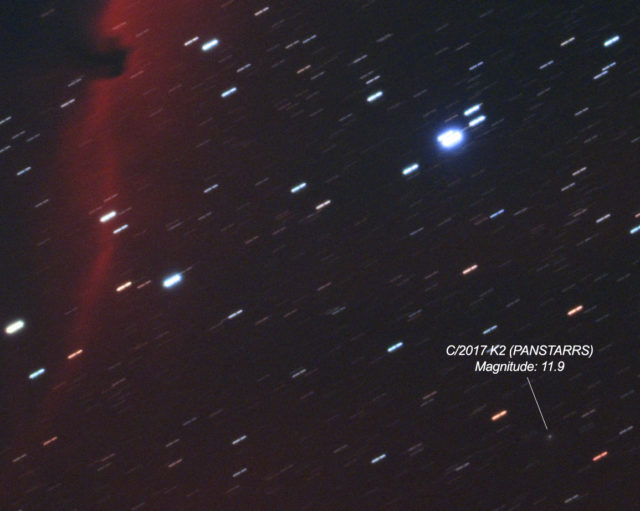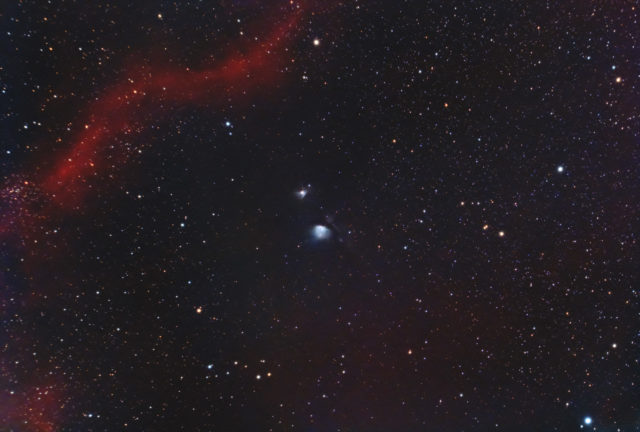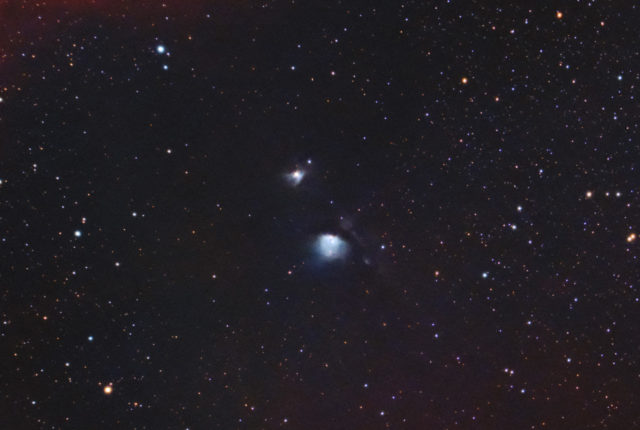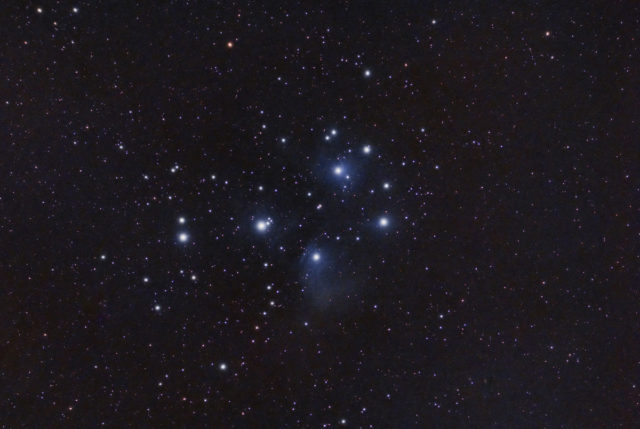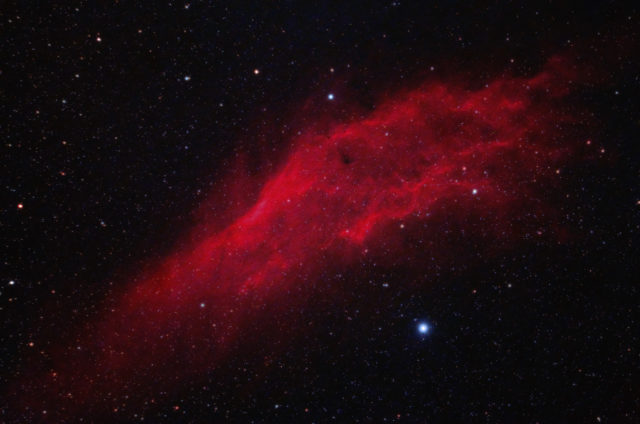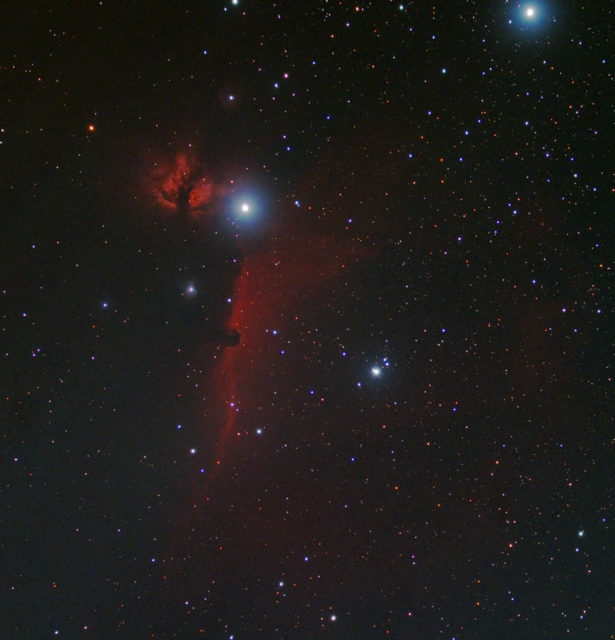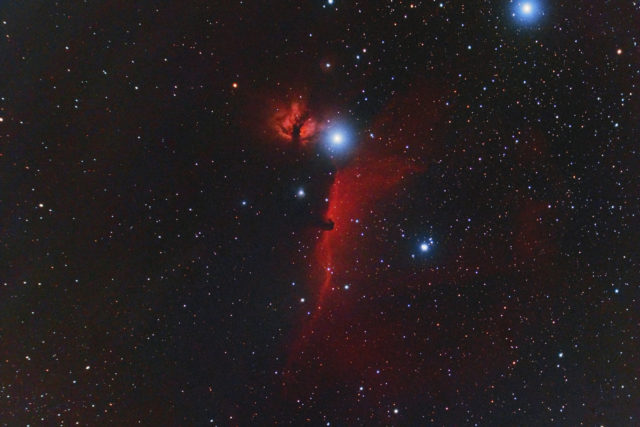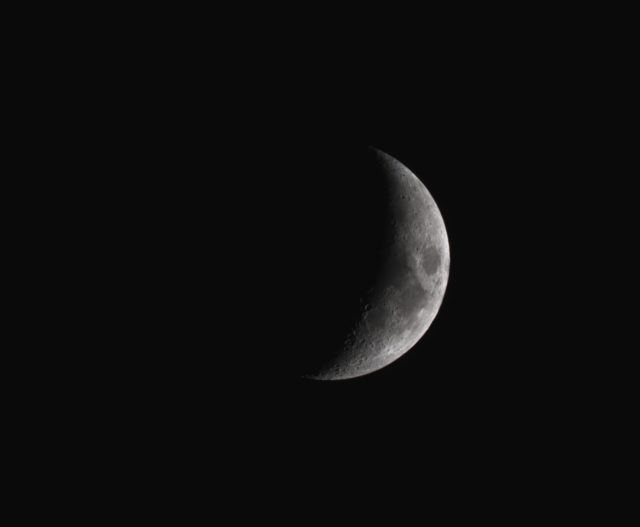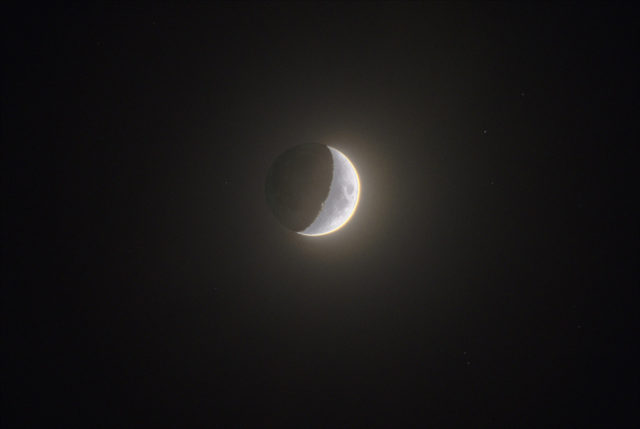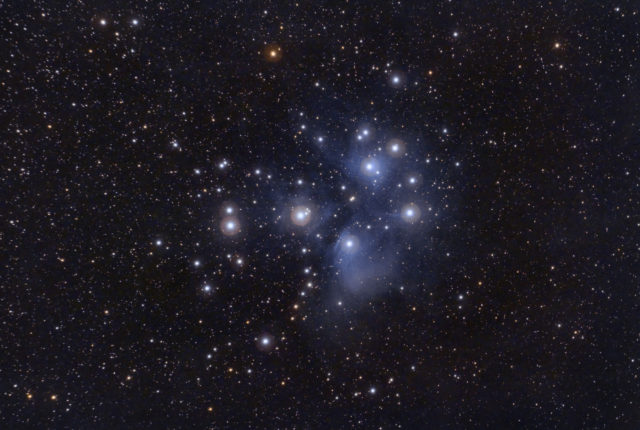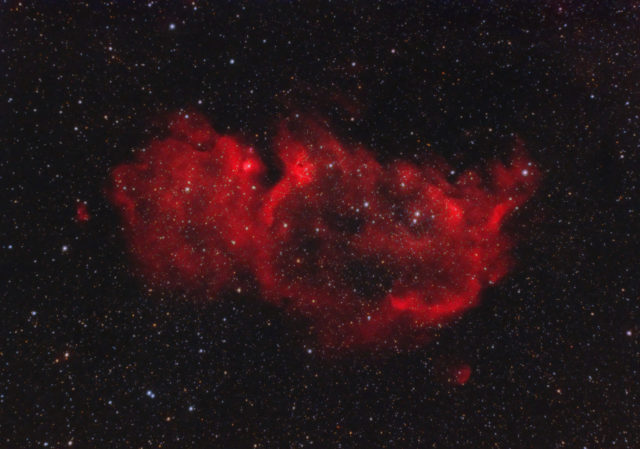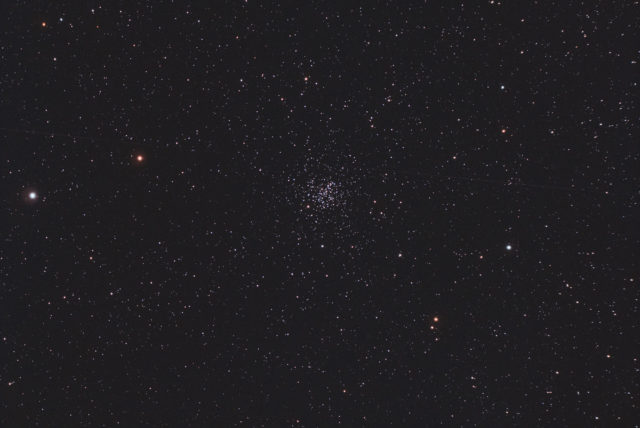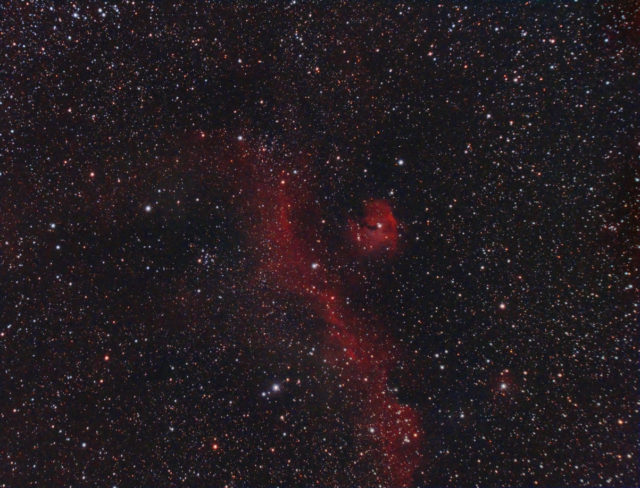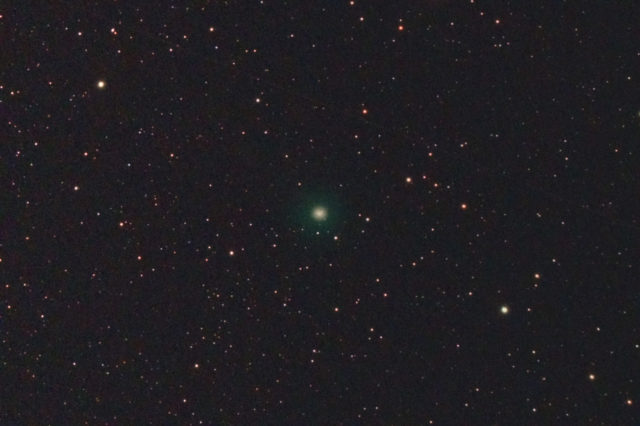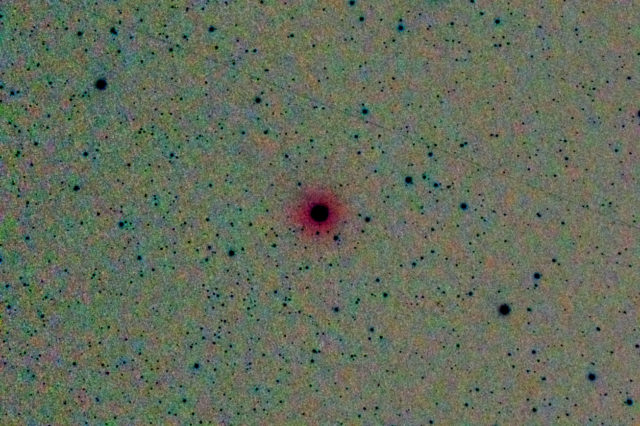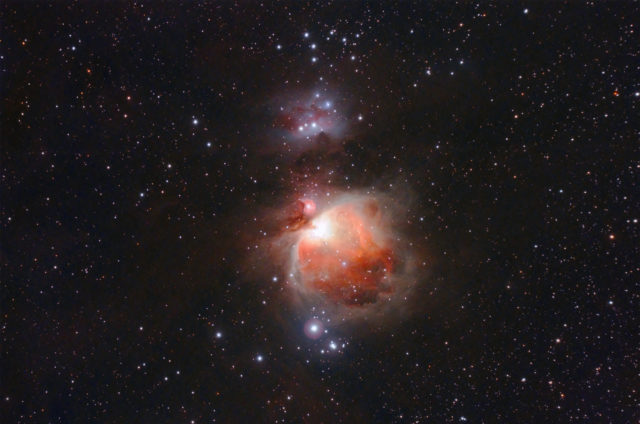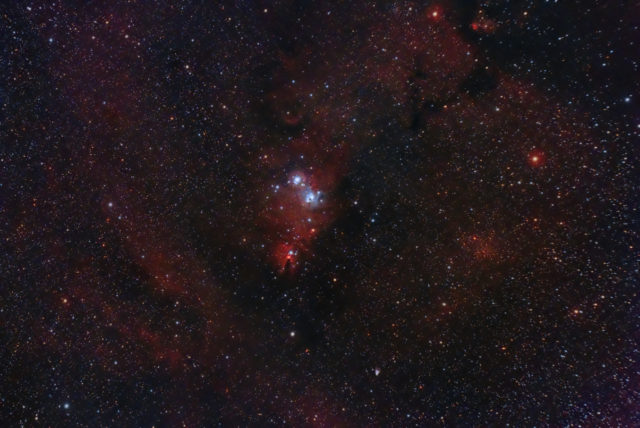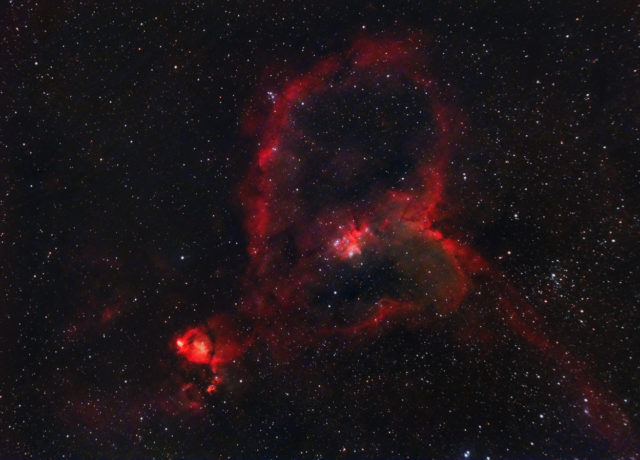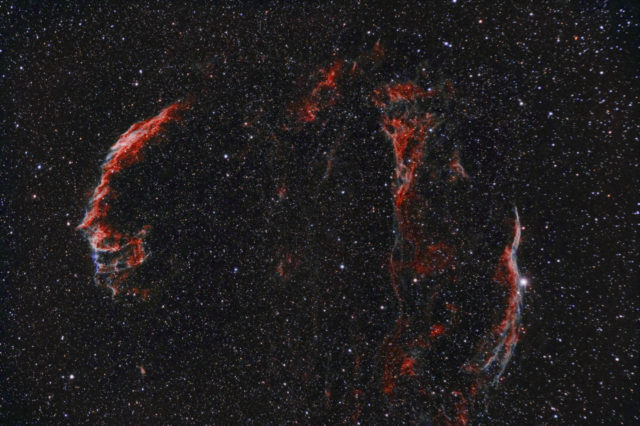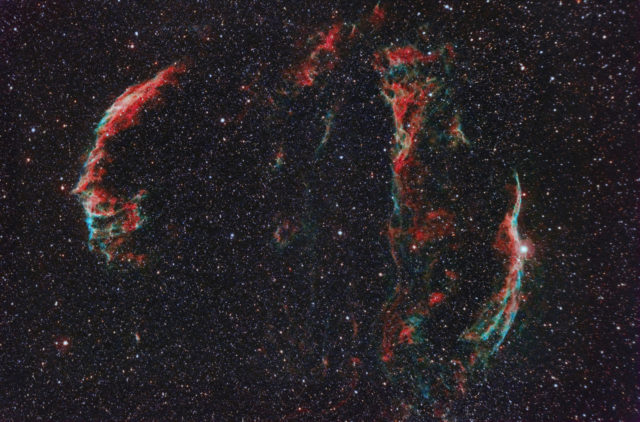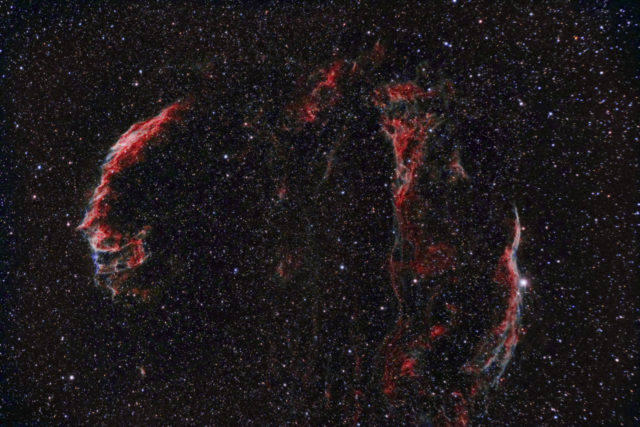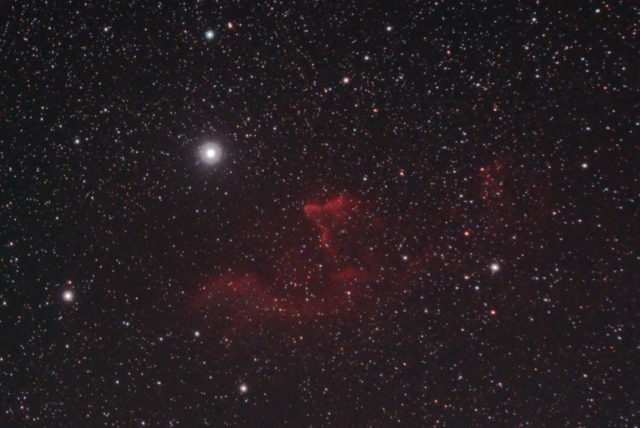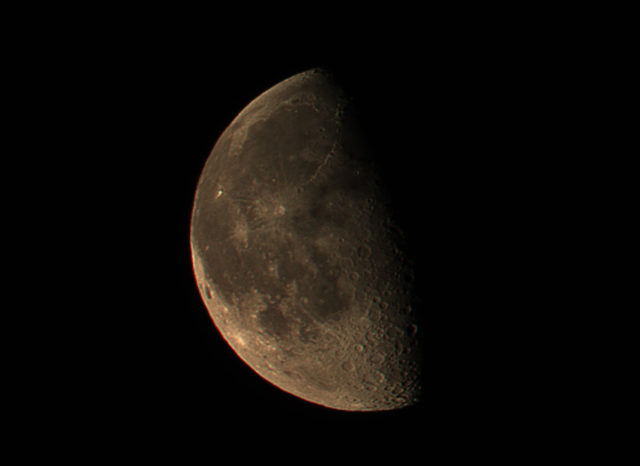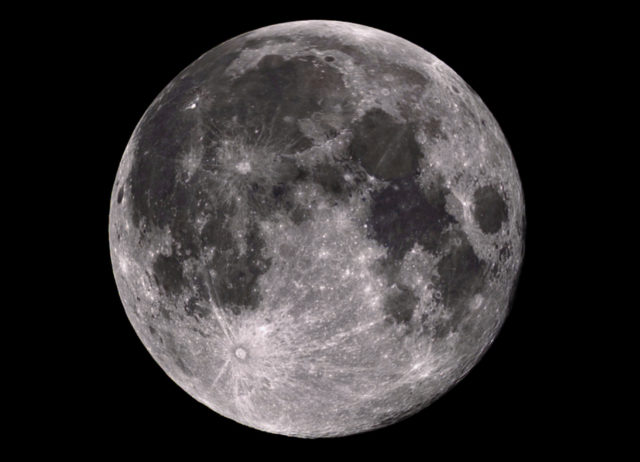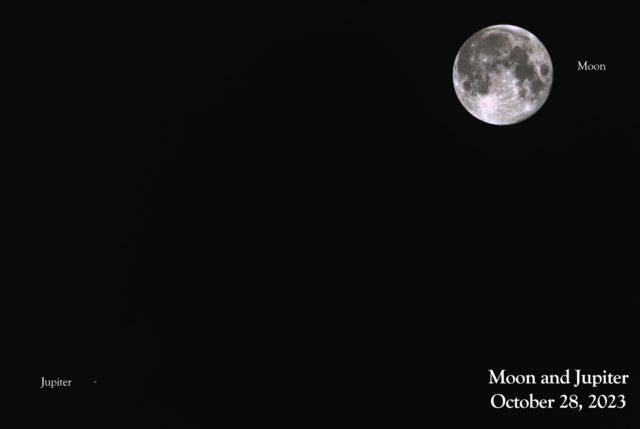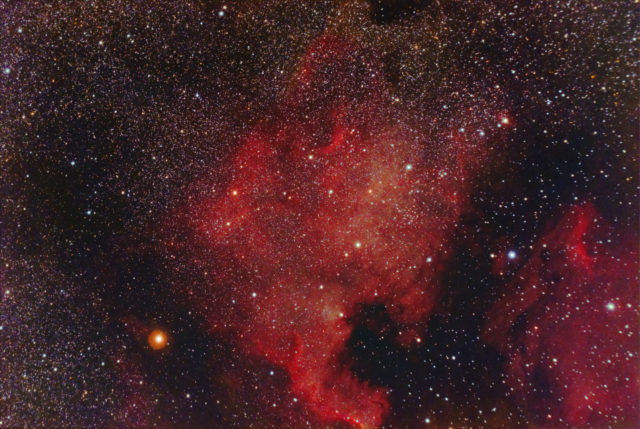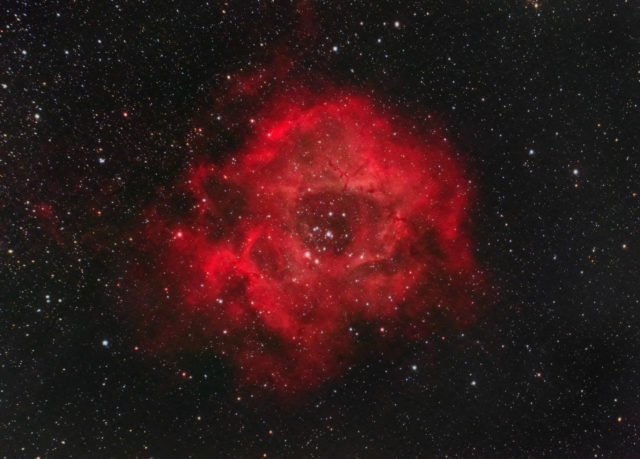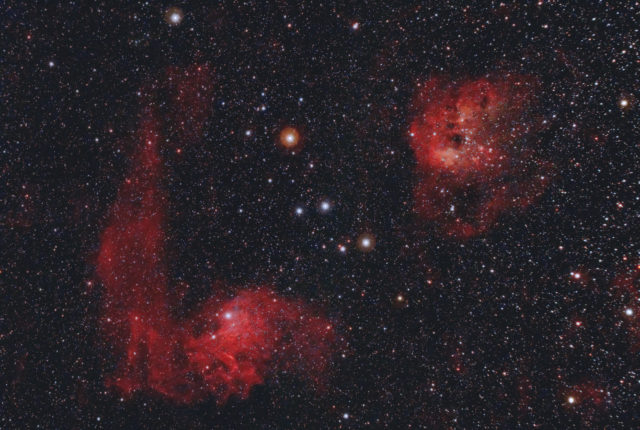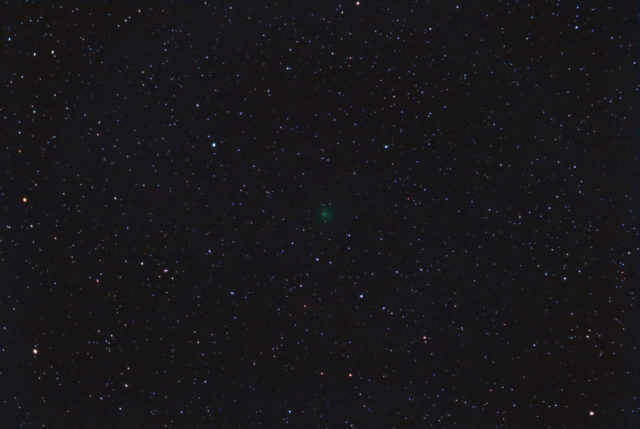
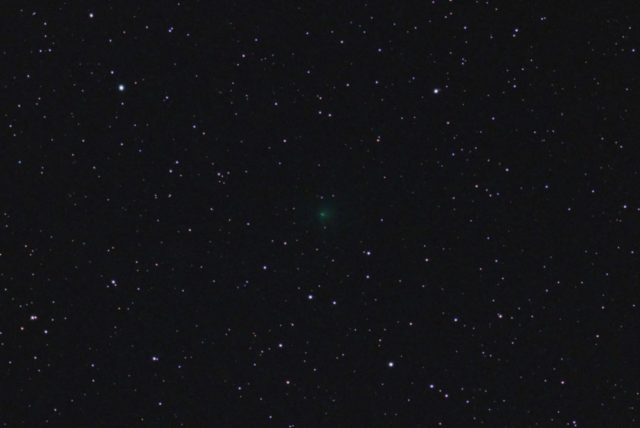
On this night, I was mainly going to try making adjustments to the new tilt plate gizmo for the AT60ED and see if I could get further improvements to its field. Even though it was clear at first, the forecast was clouds coming in for a few hours, so I was not looking to take any keeper images and I wanted to get this testing done instead.
I had just completed star aligning and noticed a comet near Aldebaran in Taurus on the charts, which I had just used to sync the scope’s alignment with. It wasn’t listed by SkyHound’s Comet Chasing website, so I took a few images to see what it looked like and how bright it was. Only 15 minutes of exposure, so it’s not much, but it is what started the night.
I was really after the Comet 62P in Leo, and this runt comet was interesting, but I wanted to do more testing of the tilt plate thingy. I was going to come back to it, but clouds invaded and stayed until 11:00 PM or so. By that time, I still had about 2 hours for the comet in Leo to get to a good spot, so I took images of M81 and M82 to kill time.
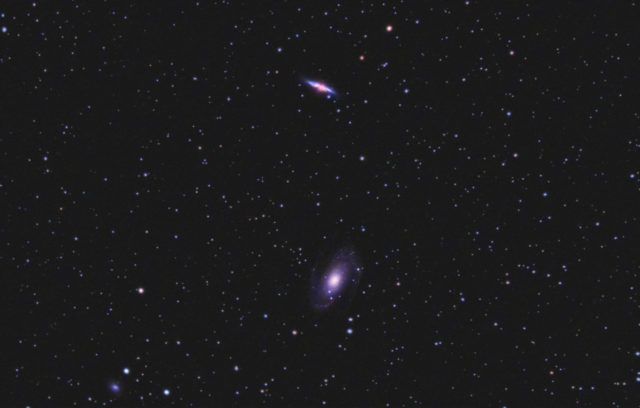
I lost/missed focus for this dataset and the guiding for it was terrible. Plus, it wasn’t quite as clear as it needed to be from lingering clouds and moisture. I salvaged what I could. I only include it here to remind me to focus before each object if I want a keeper image and remind me it takes 3 SharpCap polar alignments and not just 2 to get good tracking.
Finally, 62P Tsuchinshan is high enough to image, so I star taking images of it. I realized the first few subs were not in focus, so I stopped and redid it. But otherwise, I was able to let it take pictures on its own while I caught a few winks. All in all, 68 images of it were taken or 3.4 hours worth:
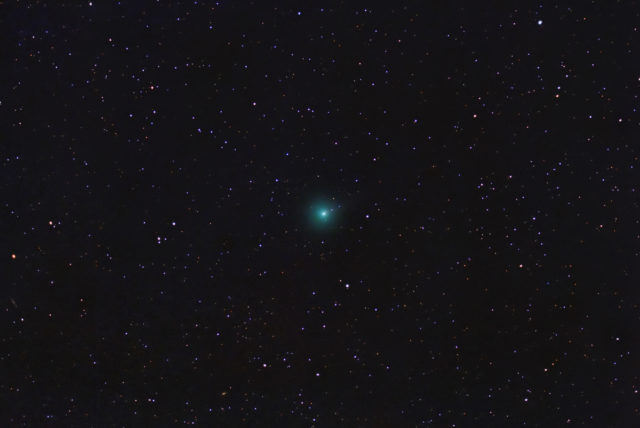
Transparency was only average to slightly above at times for this night, so it wasn’t as clear as predictions. But, I did notice what the focus was doing and I now have a better handle on it. Plus, now that I know about it, I might have to try for more sub-images on that first comet and see what shakes out.

